Korea, a place worth visiting for complete pleasure in terms of tourism and culinary repertoire, whether you are planning to eat in a Korean restaurant, visit Korea, or cook your own Korean food at home, this quick introduction to Korean cuisine will give you all the basics you need. Korean food stands out from other cuisines with the many side dishes (banchan) that are served during meals. The number of side dishes can range anywhere from 2 to 12, but everyday meals feature at least a few. When you eat at a Korean restaurant, your various side dishes will come to you before your meal in small bowls and can be anything from vegetables to meat to seafood prepared in any number of ways. Korean dishes are all served at the same time, so there are no separate courses like in Western cuisine.
Also Try: Dumdaar Treats With Pulao
Much of Korean food is intensely flavoured, savoury & bold. Korean cuisine has been affected by its geography (peninsula), climate (hot, humid summers and very cold winters), proximity to neighbours China and Japan, and the Japanese occupation from 1910 to 1945. European traders also had an impact on the cuisine with the Portuguese introduction of chilli peppers to Korea in the 17th century. By the 18th century, chilli peppers were already being widely used in the preparation of Korean cuisine.
Also Try: PASSION FOR PINEAPPLE
Basic of Korean Cooking:
Rice is the backbone of almost every Korean meal. On rare occasions, noodles will replace the rice, but the vast majority of the time, every person eats a bowl of rice with their meal. There are some low-carb substitutes, too. Typically, each person will also have their own bowl of soup or stew. The side dishes and main dish or dishes–which can be meat, seafood, or tofu–are all be served family-style in the middle of the table. Sometimes a large stew will replace the main dish and will be served family-style at the table.
Koreans have perfected the art of preserving food over thousands of years, so many of the side dishes are pickled, salted, or fermented, and many are spicy. Kimchi, Korea’s famous spicy cabbage, has over a hundred varieties of different vegetables, including some non-spicy types. Even though Korean stews and soups are served hot (almost boiling), many of the side dishes are served cold or at room temperature. Korea is a peninsula, so Koreans eat a lot of seafood, although meat has become very popular in the last 50 or so years.
The most common spice and sauce ingredients used in Korean cuisine are scallions or onions, chilli pepper paste, soybean paste, soy sauce, and garlic-ginger. Everything, including meat and poultry, is cut into bite-sized pieces, so there is no need for a knife. Koreans are also adept at using chopsticks, so if the meat is too large or a whole grilled fish is served, it can be split with chopsticks.
Many Korean meat dishes are braised or marinated for a long time for tender flesh. Korean food is traditionally eaten with stainless steel chopsticks and a long stainless steel spoon, and is traditionally served at a low table with people sitting on the floor. To the uninitiated, this cuisine can appear intimidatingly complex. With bold flavours, innumerable side dishes, and detailed table etiquette, exploring Korean cuisine is surely a cultural adventure. Korean dishes balance fresh flavours of meat and vegetables, along with the sweet spice of chilli paste. However, there is more to Korean cuisine than meat, veggies, rice, and spices.
Here are a few of my favourite easy-to-make and popular recipes from Korean Cuisine:
Recipe-1] KOREAN KIMCHI
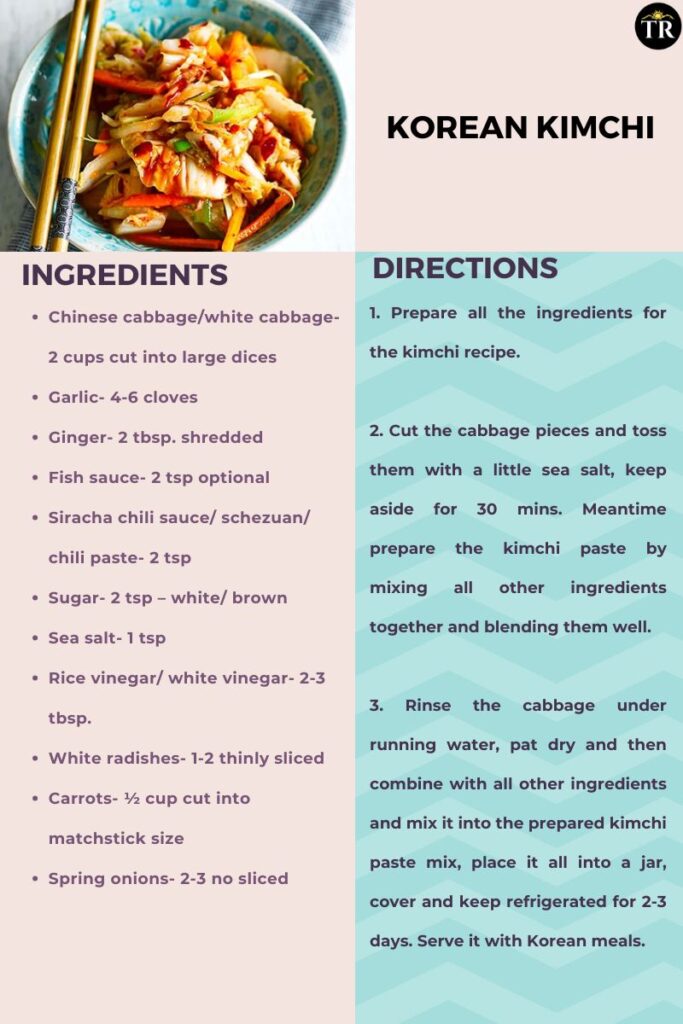
Recipe-2] KOREAN FRIED RICE
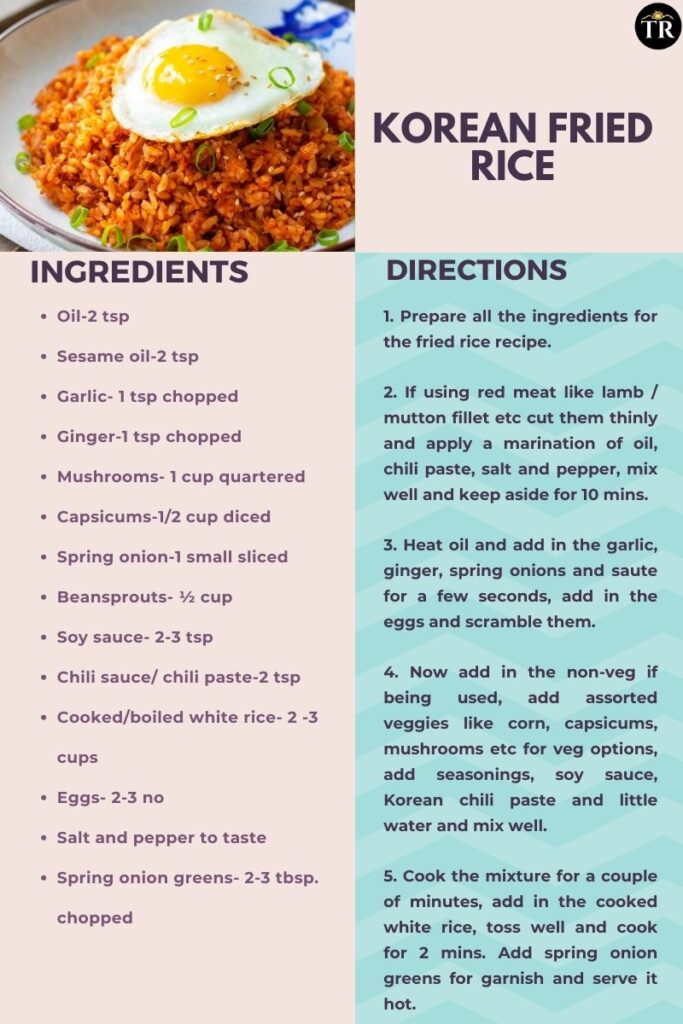
Recipe-3] KOREAN STYLE FRIED CHICKEN WINGS
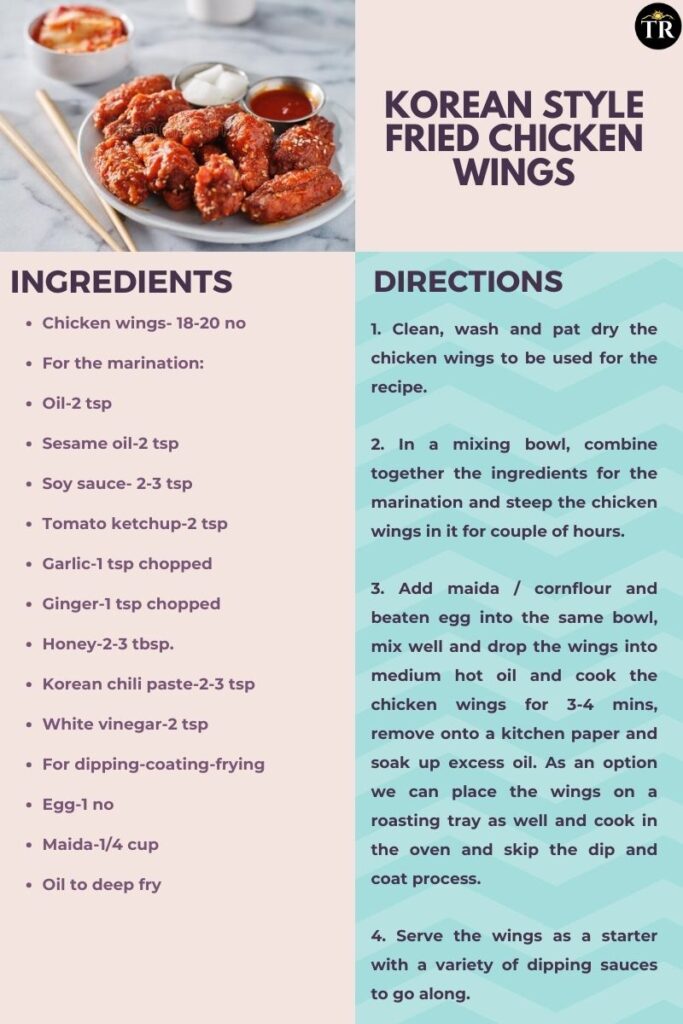
Recipe-4] KOREAN BIBIMBAP BOWL
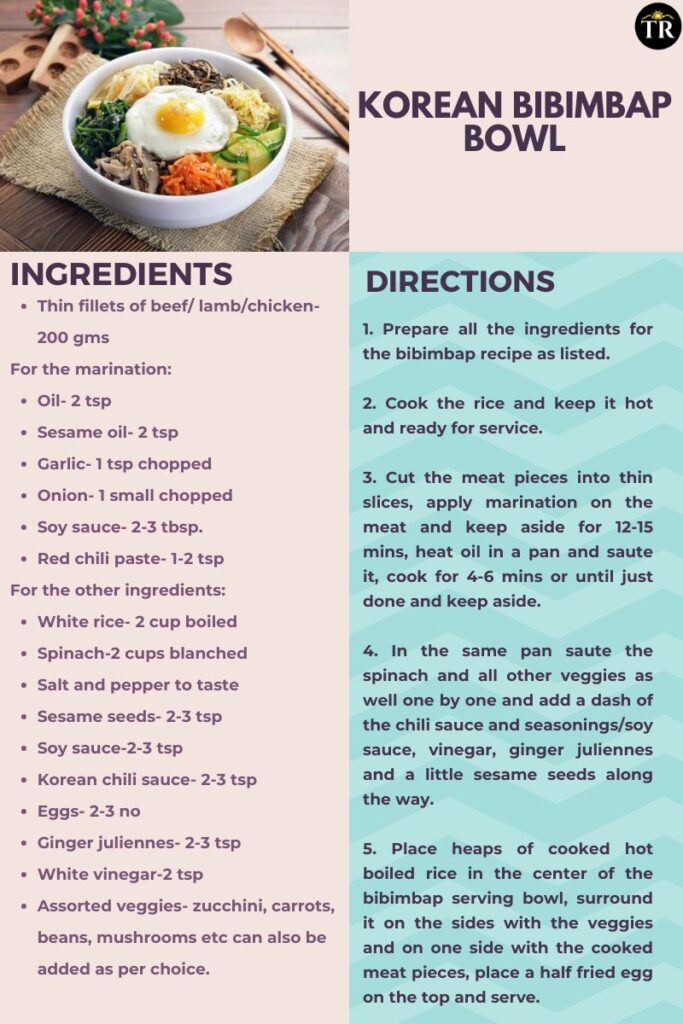
Recipe-5] KOREAN FISH CAKES WITH SPICY SALSA
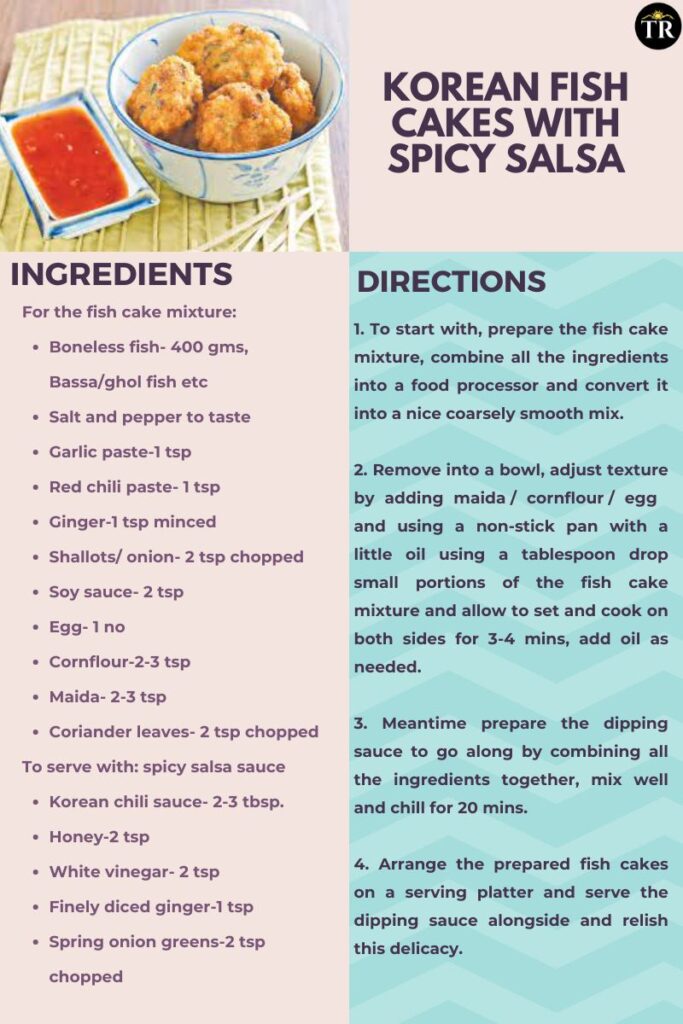
Recipe- 6] KOREAN RAMEN NOODLE SOUP
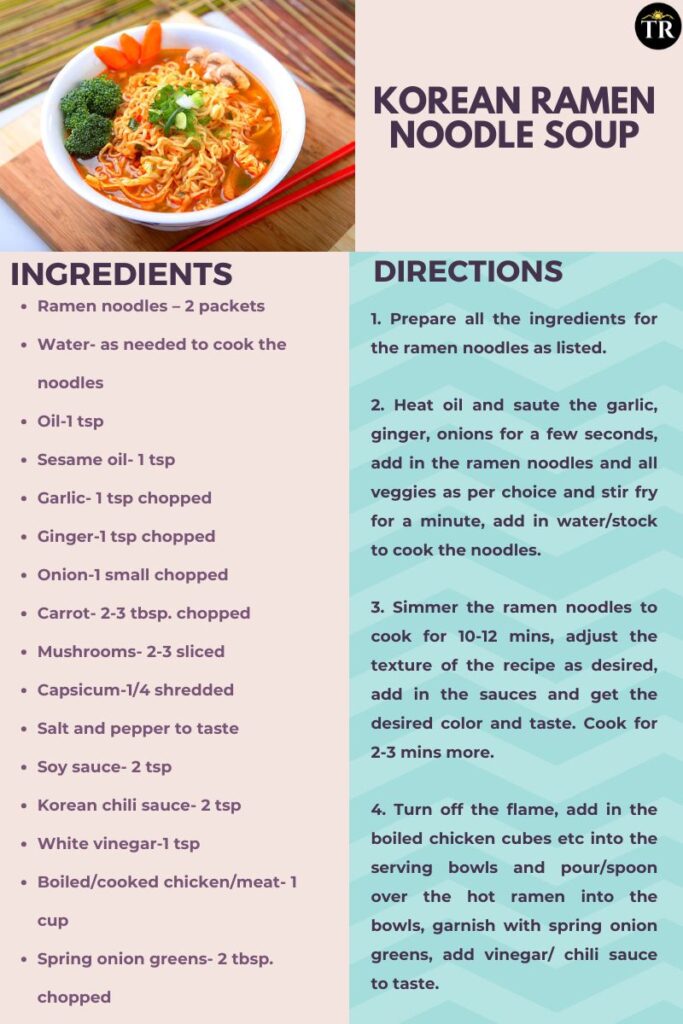
Recipe-7] KOREAN TWISTED DOUGHNUTS
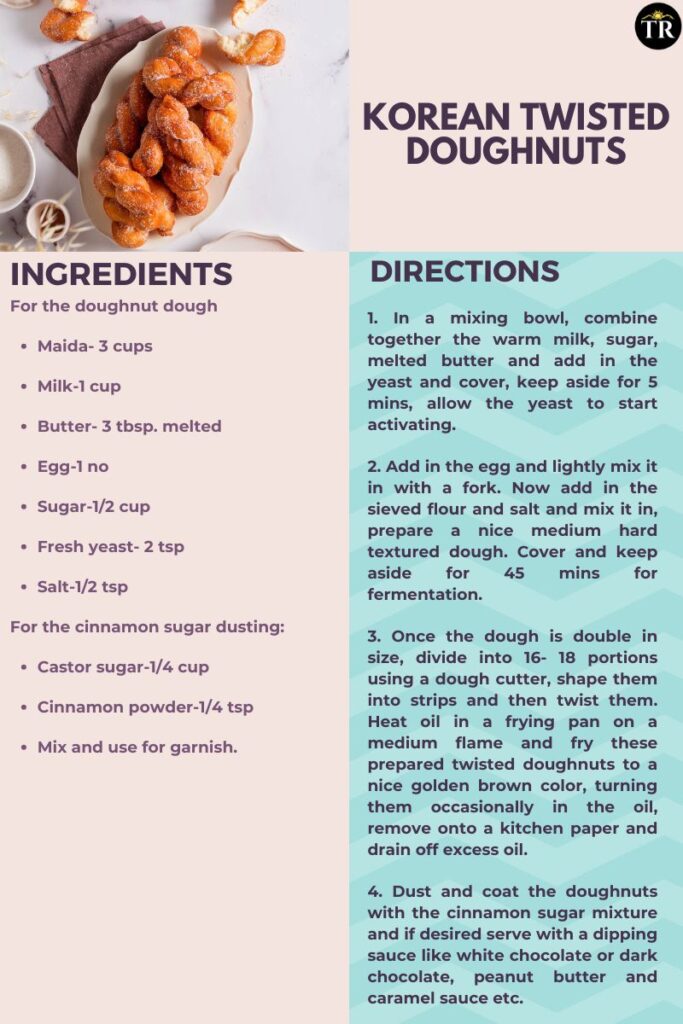
On a concluding note, Korean cooking is best explained as a burst of flavours, tastes, aromas and a balance of ecstasy which impresses any food lover. The cooking styles here are not only easy and healthy but also offer a varied choice and options to the foodies to pick between veg and non-veg ingredients in every category of the menu. Many people feel that this cuisine is not to our taste buds and commands a lot of out-of-the-box concepts, but in order to explore more about Korean cooking, it is important to do so with an open mind and a thought process which makes it acceptable and creates a liking towards it as well.
My personal experience with Korean dishes and their adaptations has been very pleasant, and for the fact that innovating with this cooking is fun and can make it even more interesting and tasty when it comes to fusing it with home-style ingredients and methods of cooking. The people of Korea are not only great when it comes to hospitality and food culture, but they are also open to accepting ideas and thoughts, welcoming tourists and foodies to reach out and make the experience all the more memorable!
Disclaimer: The views expressed in this article are of the authors solely. TheRise.co.in neither endorses nor is responsible for them. Reproducing this content without permission is prohibited.
About the author
Dr. Kaviraj Khialani, celebrity master chef is a Mumbai based food and hospitality consultant. He is specialised in over 33 plus international cuisines & is a two times national award winner for his excellence in his field of expertise. Chef Kaviraj has worked with some of the reputed hotel chains & airline companies in India & Overseas. He is a renowned academician, food designer & author- writer on food and culinary features, besides having been featured on Colors Television & Star plus he loves trying global fusion cooking promoting Indian food on an international platter for the diaspora.

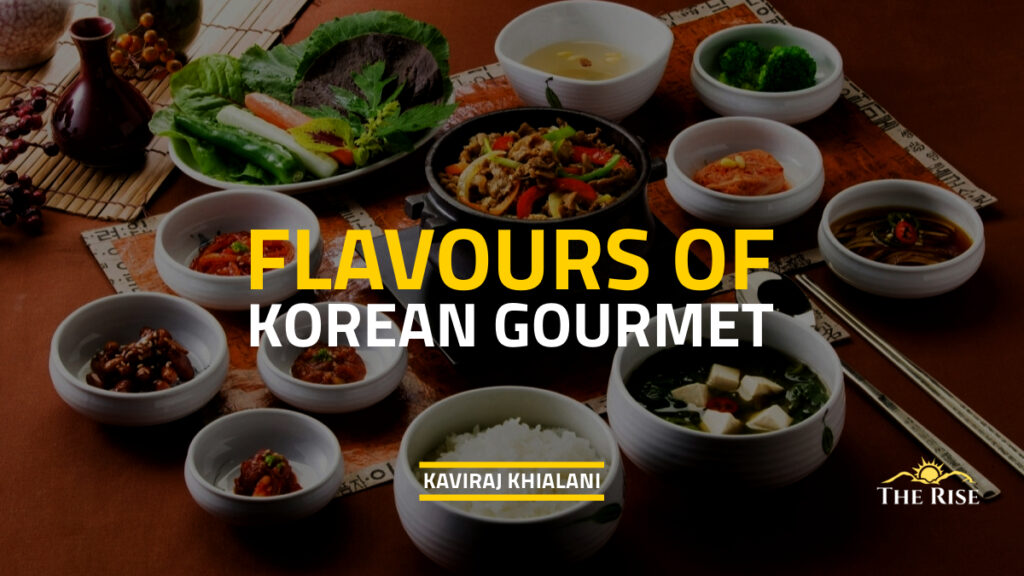


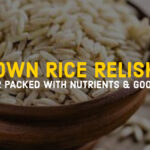


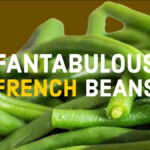



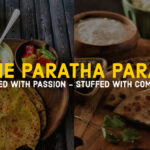













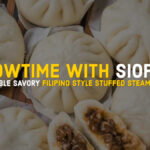










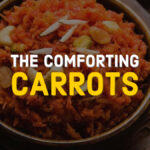


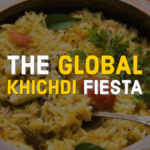






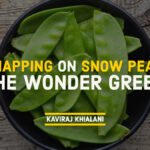




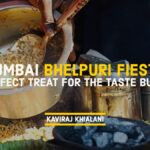



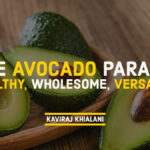
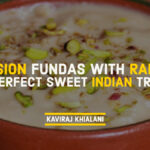
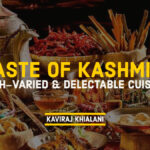





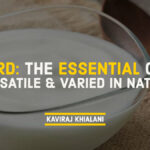



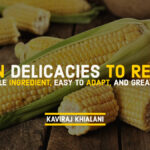

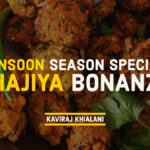
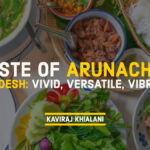

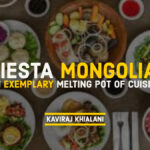

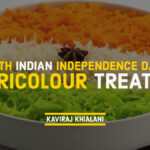
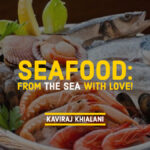

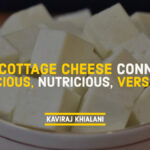


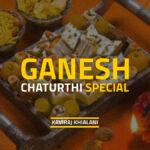



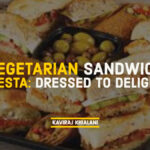






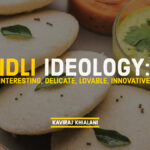

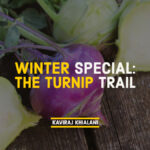








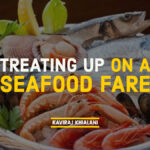

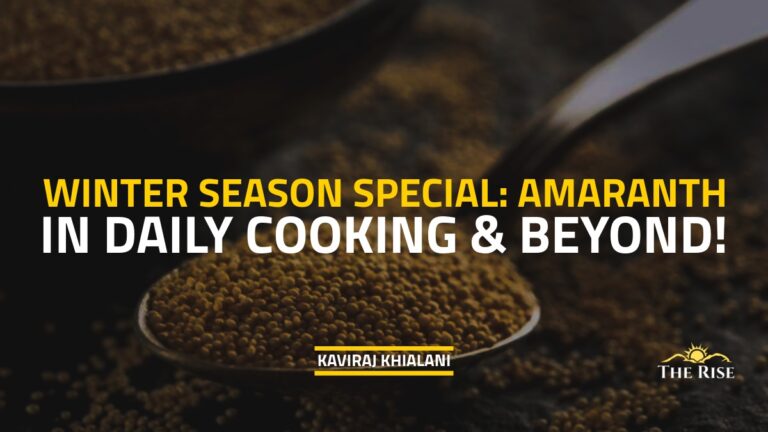
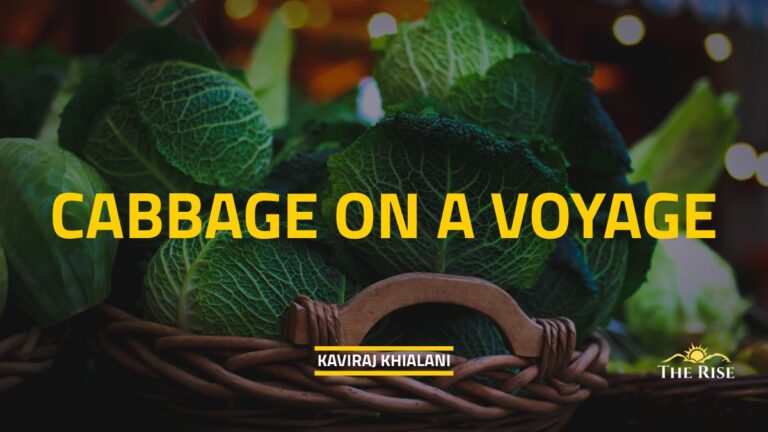

Pingback: FOX NUTS ON THE PLATE - TheRise.co.in
Pingback: WONDERS OF WATER CHESTNUTS - TheRise.co.in